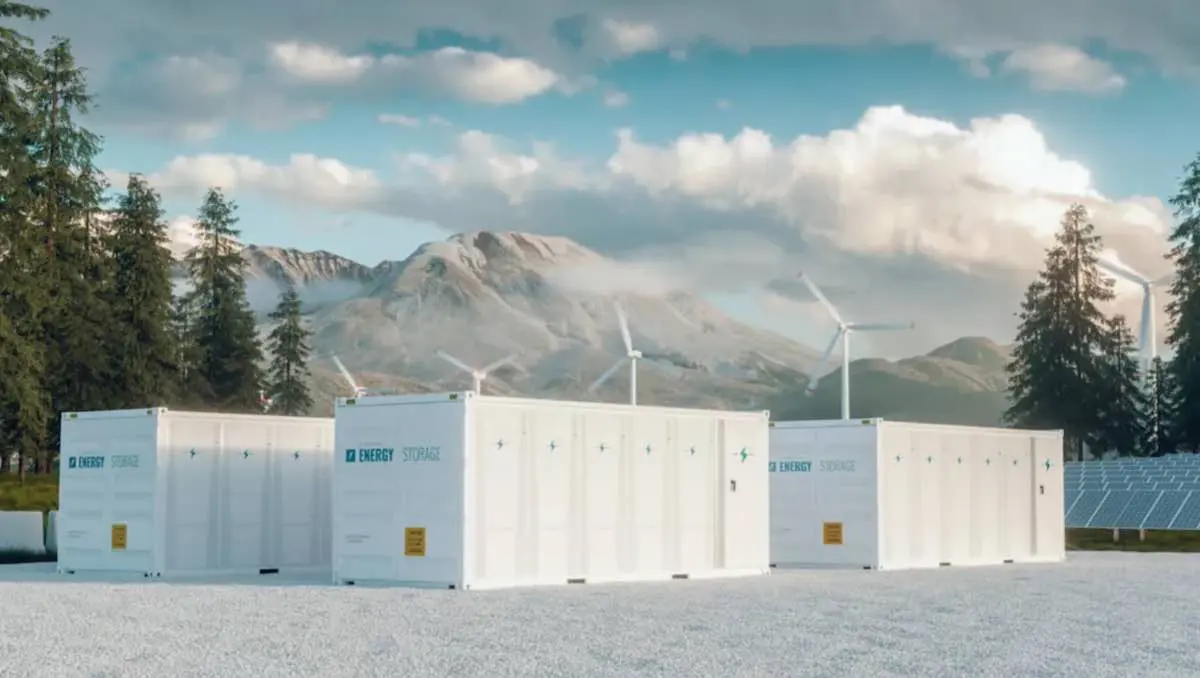In this era of a constantly changing world of energy generation and utilization, the US is in the course of evolutionary change. Massive batteries are transforming the production, usage, storage, and distribution all over the country. This article looks into the abilities of huge batteries and their impact on the US electric grid system.
The state of California produces more electric power from the sun than any other state. But it also suffers from a loss of solar power, as the production of solar energy in the morning is common but fades in the evening. After returning home from work, business, and school, people use electricity which increases the demand for electric power. To meet the needs, many companies consume fossil fuels like coal, natural gas, etc.
The Ascension of Huge Batteries:
To overcome this challenge, Except for China, California has built more massive batteries since 2020 than any state or country. They can absorb extra solar energy during the day and store it for use at night. In California’s electric grid, such batteries are essential since they partly substitute fossil fuels throughout the evening. For instance, between 7 and 10 p.m., batteries provided over 25% of California’s electricity. For a brief period, produced 7,046 megawatts of electricity, which is equivalent to the output of seven major nuclear reactors.
Large batteries the size of shipping containers are being used by power providers all around the nation. The amount of battery storage available on the country’s grids has increased exponentially in the last three years. The electricity production has reached 16,000 megawatts in the last three years. It seems to almost double further this year, with Texas, California, and Arizona spikes. Like the batteries seen in electric cars and smartphones, lithium-ion battery technology drives the majority of grid batteries.
Advantages and Impacts:
The broad adoption of large batteries offers numerous advantages and impacts in different areas of the energy sector. Firstly, by reducing the possibility of blackouts and providing backup power during outages. These energy storage technologies improve grid stability and reliability.
Second, by minimizing restrictions and optimizing the use of clean energy generation, utility-scale batteries enable an efficient utilization of renewable energy resources. Consequently, the shift to a low-carbon economy is accelerated, and the negative effects of climate change are reduced.
Moreover, Giant batteries offer grid operators more flexibility and control over the dynamics of the supply and demand for electricity. Experts believe that grid batteries can be helpful in reducing pollutants. These pollutants contribute to global warming, but more advancements in cost, technology, and application are still needed.
Financial Aspects:
Utility-scale energy storage installations are a wise financial decision for the ongoing upgradation of the electrical system. Although there can be hefty up-front expenditures, the long-term advantages, as it lowered the operating expenses, enhanced grid performance, and prevented infrastructure investments, make the investment viable.
Additionally, energy storage is becoming more and more cost-competitive against traditional power grids because of the falling costs of battery technology, which are being driven by economies of scale, scientific enhancements, and market competitiveness. The financial argument for implementing utility-scale storage becomes better as battery costs continue to fall.
Important Projects:
Many businesses, utilities, and governmental organizations are supporting utility-scale battery storage projects in the US. With its Powerpack and Megapack systems, Tesla has become a major participant in this market, implementing large-scale battery installations in collaboration with utility companies and business clients. Through Tesla Powerpacks, the Hornsdale Power Reserve in South Australia attracted interest from all over the world for its quick response times and grid stabilization measures.
Several notable battery projects have been launched in California, which has led the way in the adoption of renewable energy. This will help the state meet its aggressive clean energy targets.
In addition, energy organizations like Southern Company, Duke Energy, and NextEra Energy are actively introducing energy storage to their portfolios. Now the top energy companies are understanding how strategically important these resources are.
Legal and Administrative Conditions:
Many challenges to the growing adoption of battery storage, particularly regarding managing the complicated policy and law structures. The execution of energy storage projects could be delayed by regulatory barriers such as antiquated market systems, connectivity requirements, and permitting protocols.
On the other hand, energy storage is becoming more and more important to federal, state, and local governments in accomplishing their goals of decarbonization, energy security, and grid transformation. New laws suggest lowering regulatory hurdles and encouraging investment in energy storage infrastructure. These regulations can come in the form of subsidies, tax breaks, or quotas.
Future Aspects:
The rise of battery energy storage in the US is set for further expansion and innovation in the future. The capacity and abilities of battery storage will keep growing due to advancements in battery technology, supportive policies, and market dynamics.
Furthermore, new developments in the energy perspective, such as the electrification of transportation, the expansion of distributed power sources, and the development of smart grid technology, will make the storage of energy even more vital.
“The future of energy storage looks bright,” declared Andrés Gluski, CEO of AES Corporation, one of the largest energy suppliers in the world. More batteries are necessary if more renewable energy is being utilized on the grid. If not, it will not succeed.
Conclusion:
In conclusion, it is hard to overestimate how important giant batteries will be for the American electrical system. These huge energy storage devices are not simply scientific wonders; they represent a fundamental change in the method by which humans produce, store, and use electricity.
Moreover, using massive batteries as power storage will minimize the negative impact of climate change because they make it easier to integrate renewable energy sources, improve grid reliability and dependability, reduce emissions and air pollution, help in electrification projects, and increase resilience to climate-related disasters. We are establishing the foundation for a more sustainable, clean, and brighter energy future as we continue to realize the potential of utility-scale battery storage.

